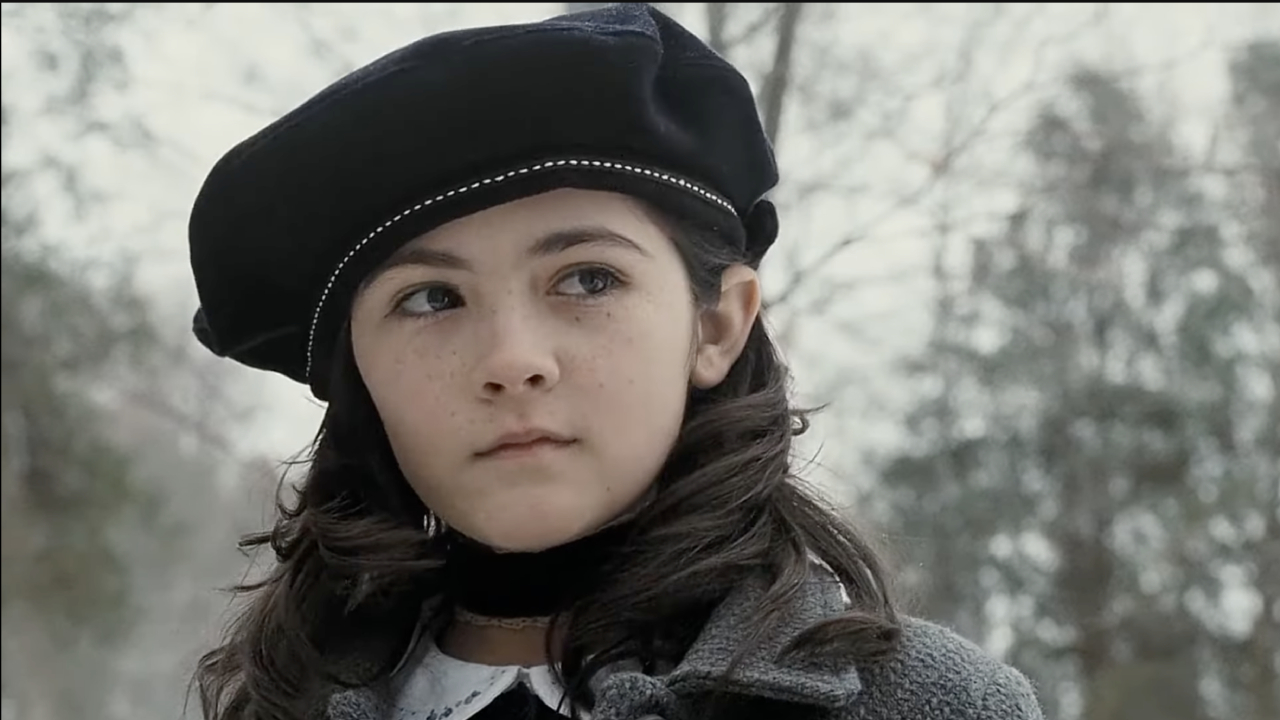How Steven Spielberg Almost Made E.T. The Extra-Terrestrial Into A Killer Alien Horror Movie
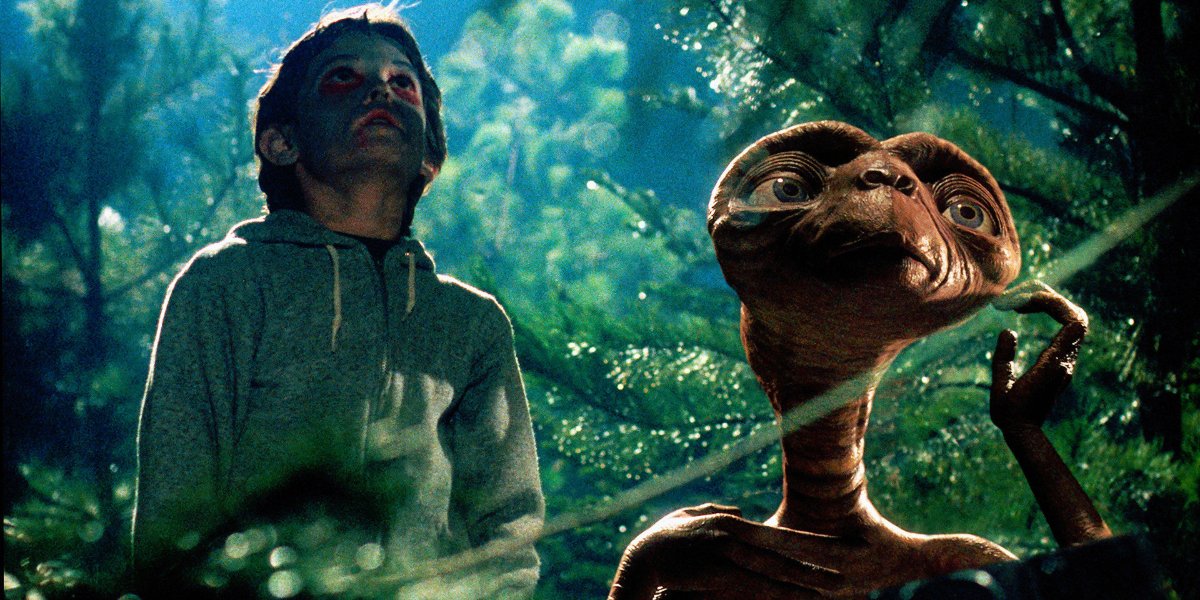
No one could have imagined just how big of a hit Steven Spielberg’s E.T. the Extra-Terrestrial would go on to become in the year 1982. The top-grossing film of its year, with an insanely long run at the box office, dominated in a time when Blade Runner and John Carpenter’s The Thing could only imagine being the cult classics that they are today. And yet, if it weren't for some interesting twists in history, E.T. wouldn’t have been the cute and emotional hit it’s known as today. In fact, it was almost a much, much darker movie.
What eventually became E.T. the Extra-Terrestrial started out as a script under a different title, with a very horror-friendly tone and concept. It was born out of a contractual obligation that soon turned into one of the biggest films of all time. The story of how E.T. the Extra-Terrestrial went from a horror thriller to a family classic is a wild one, and it all starts in the far-flung year of 1978.
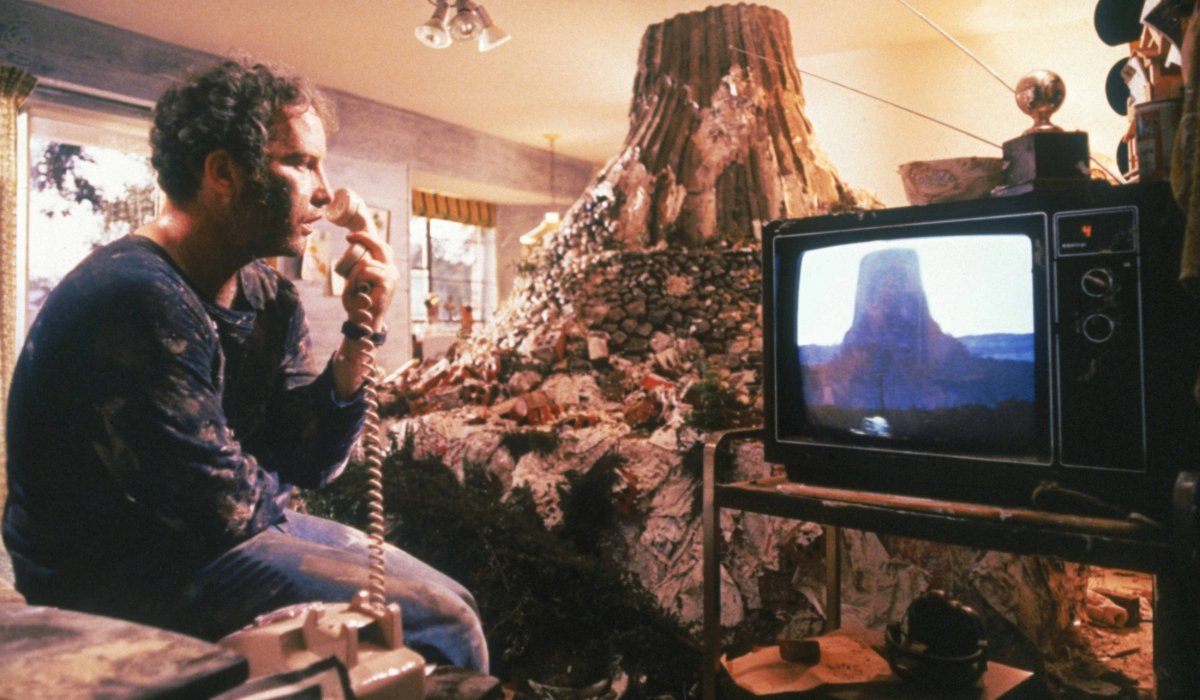
How Close Encounters Of The Third Kind Spawned Night Skies
After delivering a wildly successful hit with Close Encounters of the Third Kind, Columbia Pictures wanted a sequel out of its writer/director, Steven Spielberg. Initially, Spielberg really didn’t want to make a follow-up to the film, but one movie inspired him to take the plunge and write Night Skies. That film was his first blockbuster hit Jaws, a movie that he held dear to his heart, but was about to be subjected to a fate that its creator never intended: sequelization.
Seeing as he was displeased that Universal had gone ahead with making a follow-up to his 1977 classic without his involvement, Steven Spielberg wanted to prevent that sort of thing from happening again. Any sequel to Close Encounters of the Third Kind was going to come from the man himself. Thus, Night Skies was born.
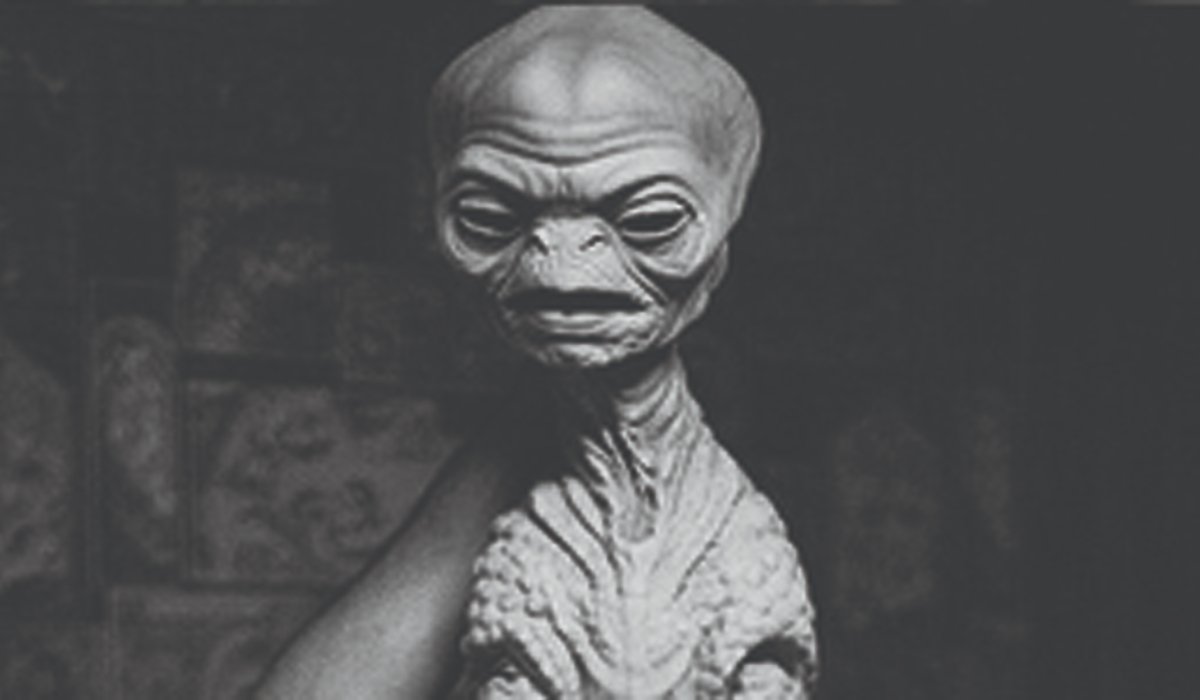
Night Skies: The Original Concept For E.T. The Extra-Terrestrial
Co-written with genre legend John Sayles, the man behind films such as Piranha and eventually The Howling, Night Skies focused on a rural family in Kentucky that happened to be visited by aliens from another world. Though instead of E.T. the Extra-Terrestrial’s adorable creature, these creations were hostile toward their human hosts, engaging in cattle killings and other unfriendly activities.
Of course, this wasn’t a totally pitch black film, as Steven Spielberg did include one alien who befriended a child in the family that made up Night Skies’ human protagonists. That aspect, as well as the fact these aliens had long boney fingers that glowed at their tips, would eventually survive in the transition between Night Skies and E.T. the Extra-Terrestrial. And that change was about to be triggered by yet another iconic Spielberg movie property: Raiders of the Lost Ark.
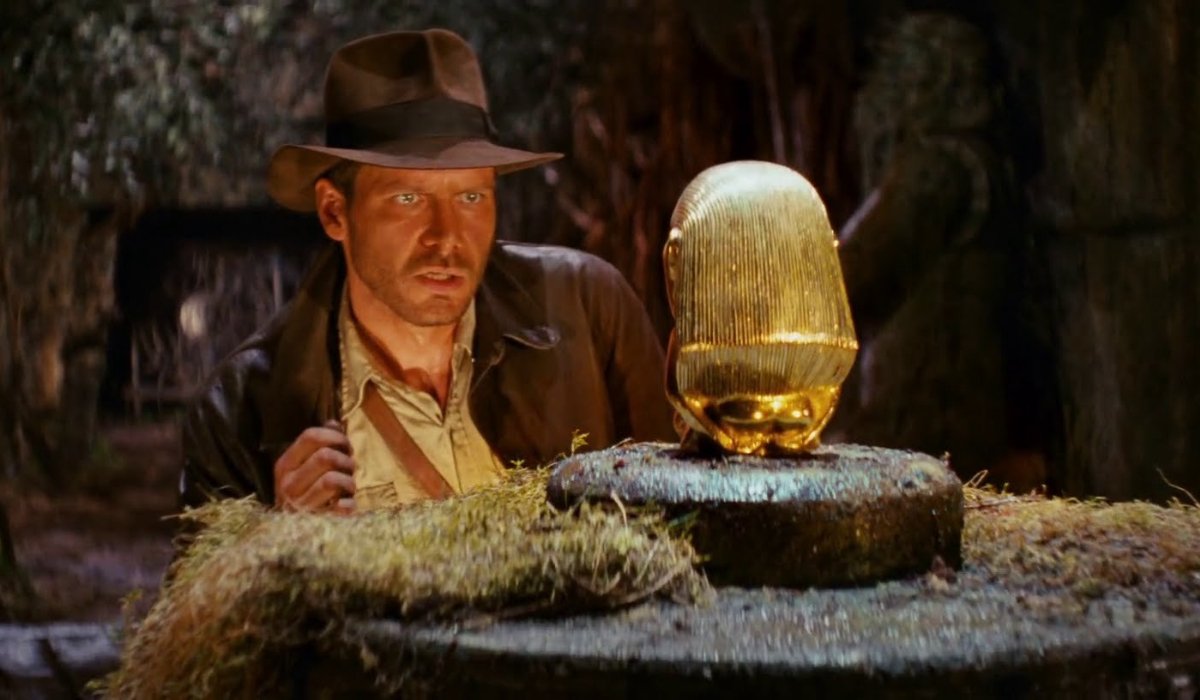
Why Steven Spielberg Changed The Concept Of Night Skies
During the production of the first Indiana Jones film, Raiders Of The Lost Ark, Steven Spielberg was growing weary of the action-adventure genre, at least for a little while. He wanted his next movie to be something gentler and more heartwarming; in short, Night Skies was not going to be that project. As luck would have it, Spielberg read the film’s script to another screenwriter who loved the friendly connection between the boy and alien.
CINEMABLEND NEWSLETTER
Your Daily Blend of Entertainment News
That screenwriter was Melissa Matheson, the woman who would eventually transform Night Skies into E.T. the Extra-Terrestrial. After several years, the building of various alien prototypes by legendary effects artist Rick Baker, and roughly $1 million of development funds at Columbia, E.T. the Extra-Terrestrial was eventually off and running. The only problem was, it wasn’t the film the studio wanted.
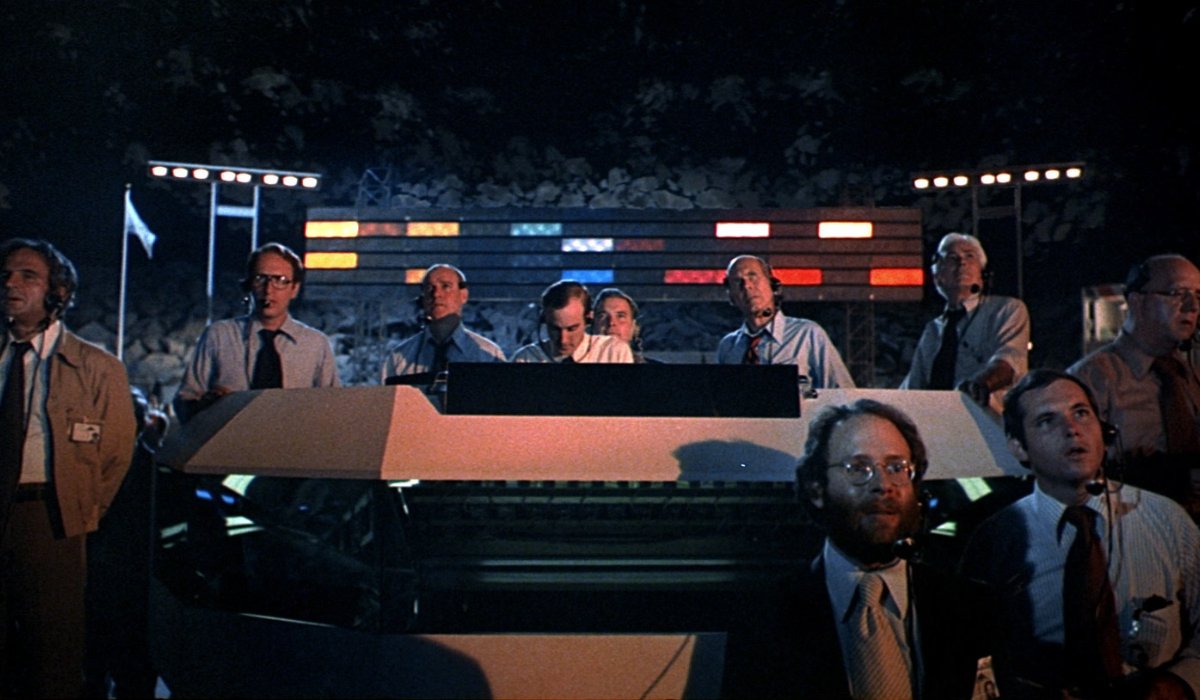
Columbia’s Reaction To E.T. The Extra-Terrestrial
Steven Spielberg’s higher ups at Columbia, Frank P. Veitch and Frank Price, were not digging the kinder, gentler film that E.T. the Extra-Terrestrial became at all. The studio had already spent quite a bit of money on Night Skies, and the prototype of one of the film’s creatures took up quite a bit of the budget that had already been expended.
When you make a deal for a follow-up to a film as successful as Close Encounters of the Third Kind, you want what you’ve paid for. All the work done on E.T. the Extra-Terrestrial might have gone to waste, leaving both it and Night Skies standing out as key entries in the litany of unproduced Steven Spielberg films. Per Hollywood’s standard operating procedure, a deal was actually made that smoothed over all the cracks.
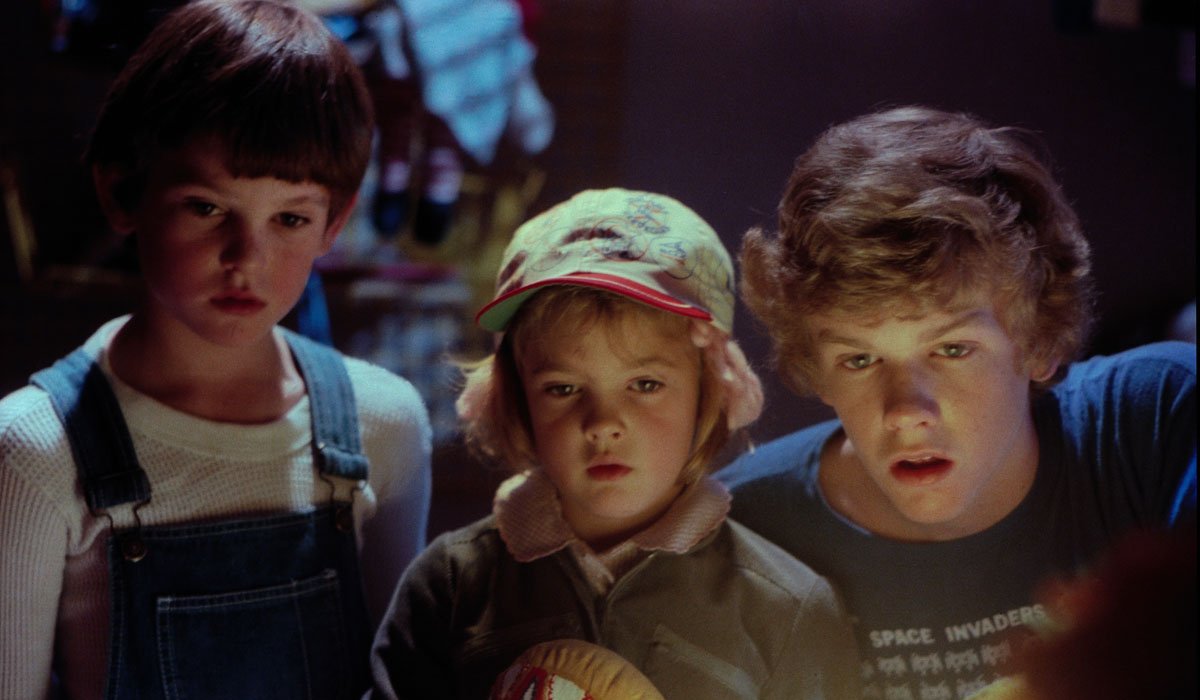
The Deal That Let Steven Spielberg Make E.T. The Extra-Terrestrial
The reason Night Skies even came to be was because Steven Spielberg owed a Close Encounters of the Third Kind sequel to Columbia. And while all of this development around this horror project was conducted, the studio sort of fulfilled its own need, as they allowed Spielberg to retool the film into a finished product closer to his original vision. This project got a theatrical re-release in Close Encounters Of The Third Kind: Special Edition, which in turn fulfilled his obligation to Columbia.
This eventually allowed Frank P. Veitch and Frank Price at Columbia to put E.T. the Extra-Terrestrial into turnaround, freeing it up for whomever wanted to acquire it. Steven Spielberg’s mentor (and then chairman of Universal) Sid Sheinberg snapped up the rights to E.T., and he made a deal that not only compensated Columbia for the money they spent on Spielberg’s developing the idea, but also allowed them to share a piece of the eventual, record-setting pie.
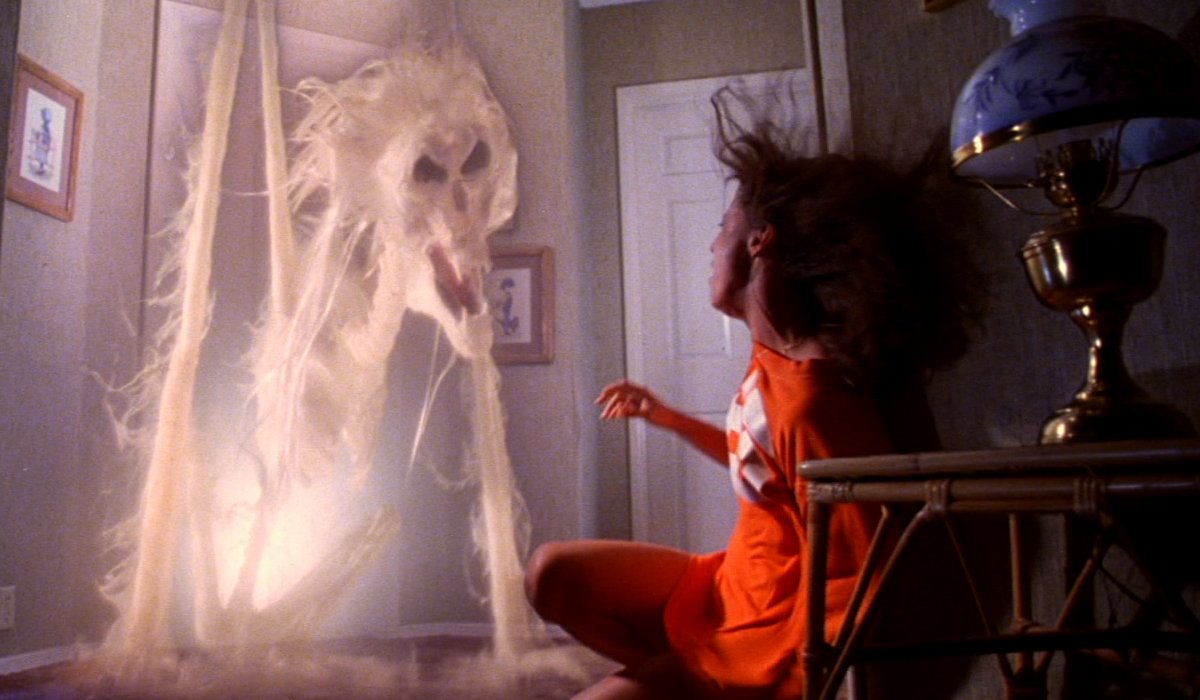
What Ever Happened To Night Skies?
As history eventually showed us, E.T. the Extra-Terrestrial became a monster hit in 1982, and went on to earn a ton of award nominations and hoopla surrounding its success. Though that doesn’t mean Night Skies totally went away, as there were two projects that shared DNA with this horror fueled story. One idea was, unsurprisingly, a sequel to E.T. entitled E.T. II: Nocturnal Fears; which would have seen Henry Thomas’s Elliot and his friends abducted by evil aliens.
That film was never made, as Steven Spielberg didn’t want to undermine the film he’d just delivered to the world; an ideal he still holds onto almost 40 years after its debut. However, there was another project that benefited from Night Skies’ demise, and it was something Spielberg himself couldn’t oversee himself, despite popular urban legend. The part of Night Skies’ story that saw a family under siege by supernatural forces eventually became the script for director Tobe Hooper’s Poltergeist, a film that would also make quite a splash in the year of 1982.
You never know where a project like Night Skies is going to go until the cameras roll and the ink is dry on the contracts. Seeing this horror story become the warm and bittersweet adventure that is E.T. the Extra-Terrestrial is living proof that sometimes the best ideas come from the failure to make the movie you really wanted to make in the first place.
Steven Spielberg’s career as a filmmaker would have been a totally different enterprise should E.T. the Extra-Terrestrial had never existed, and a ton of other films may have been lost as a result of that failure. Though one could imagine that there’s two parallel universes exist where that film doesn’t happen, and Blade Runner or John Carpenter’s The Thing became box-office hits. So do with that fact what you may the next time you cry over Elliot and E.T.’s tearful farewell, and take comfort in the fact that E.T. the Extra-Terrestrial will be right here for your heart to enjoy forever.

Mike Reyes is the Senior Movie Contributor at CinemaBlend, though that title’s more of a guideline really. Passionate about entertainment since grade school, the movies have always held a special place in his life, which explains his current occupation. Mike graduated from Drew University with a Bachelor’s Degree in Political Science, but swore off of running for public office a long time ago. Mike's expertise ranges from James Bond to everything Alita, making for a brilliantly eclectic resume. He fights for the user.









